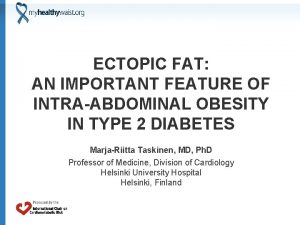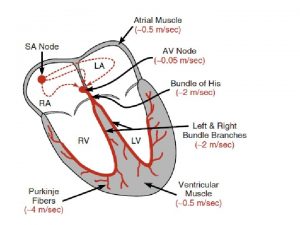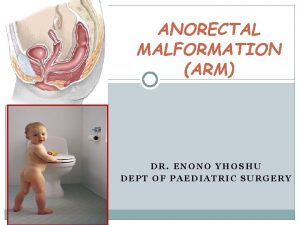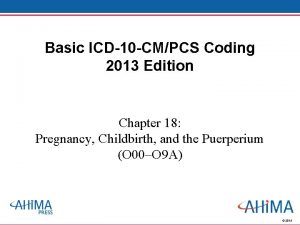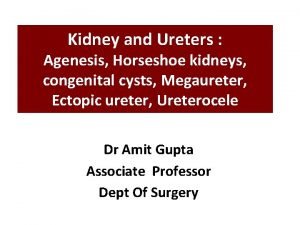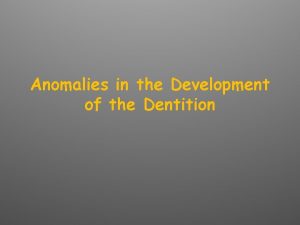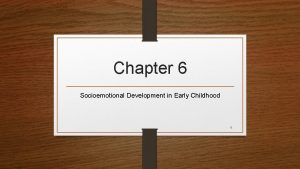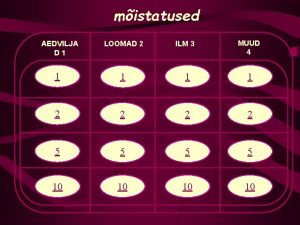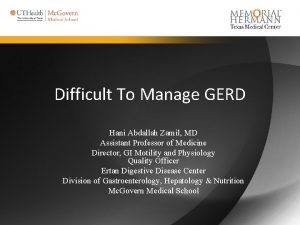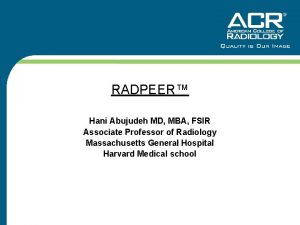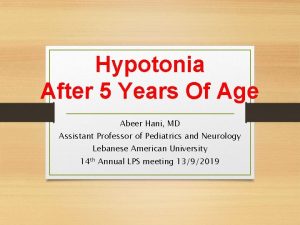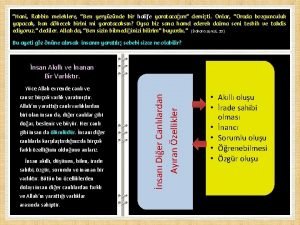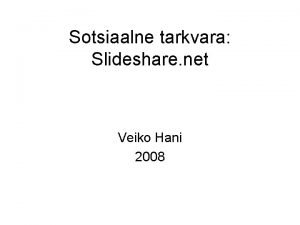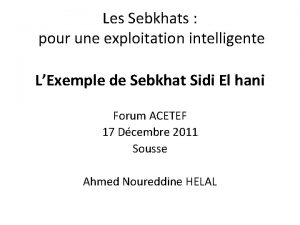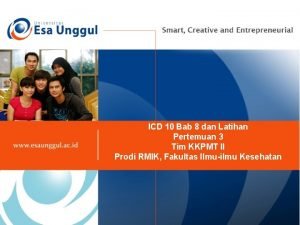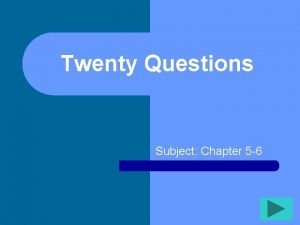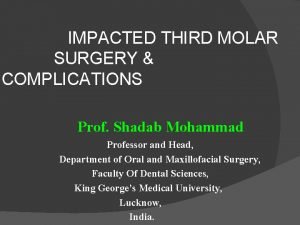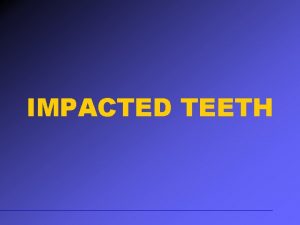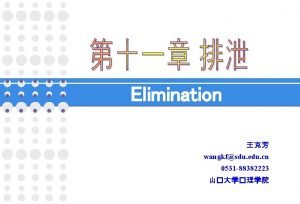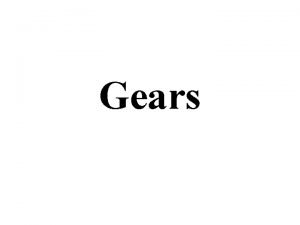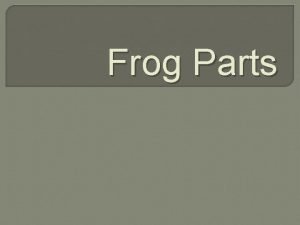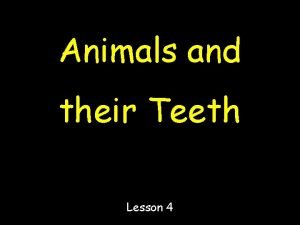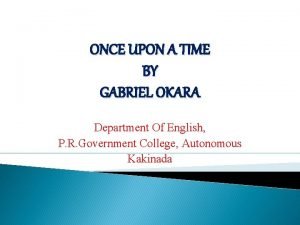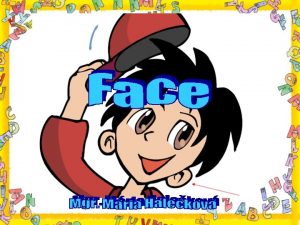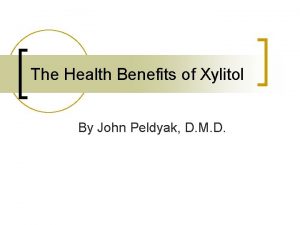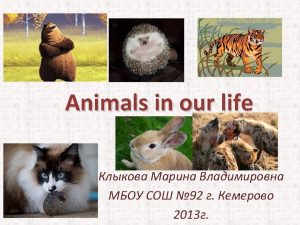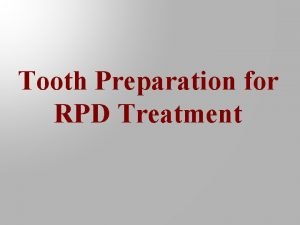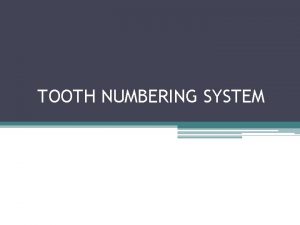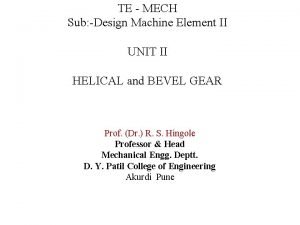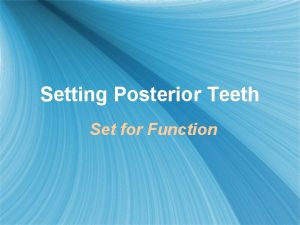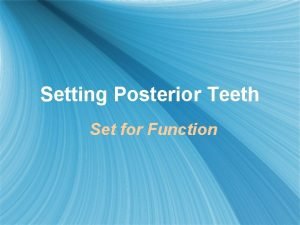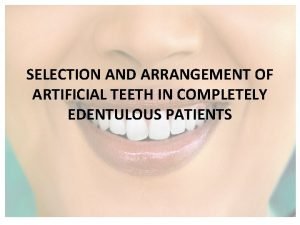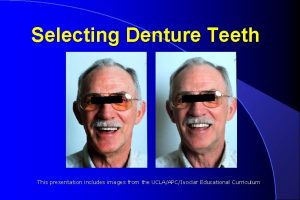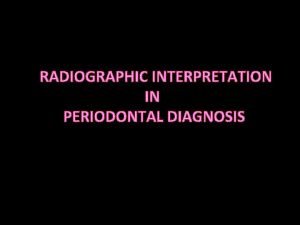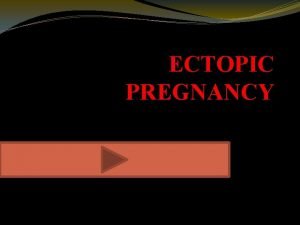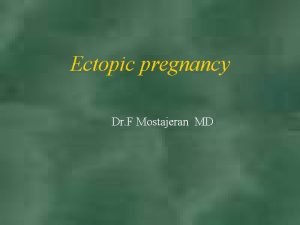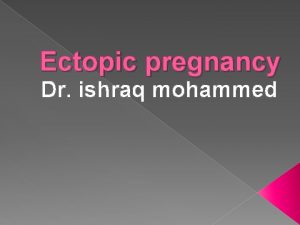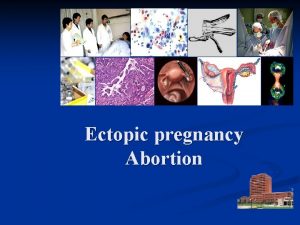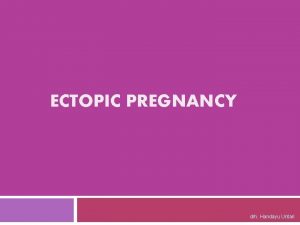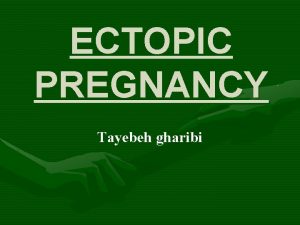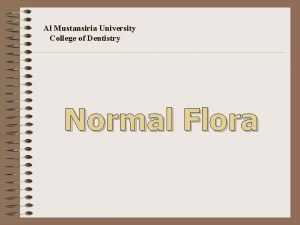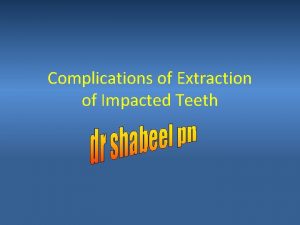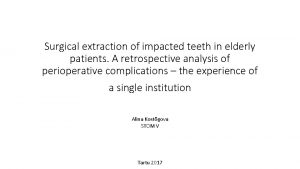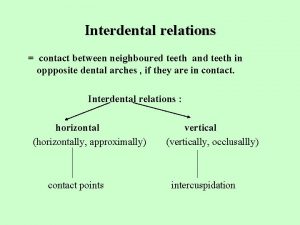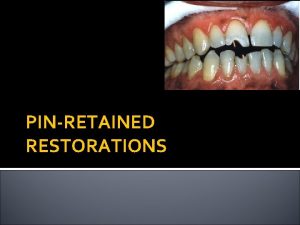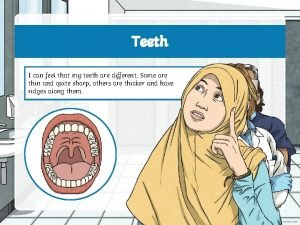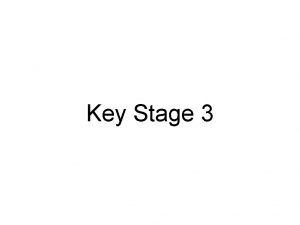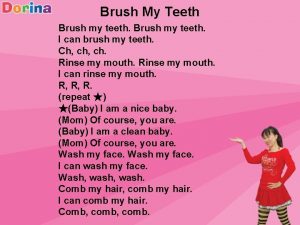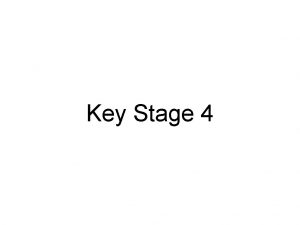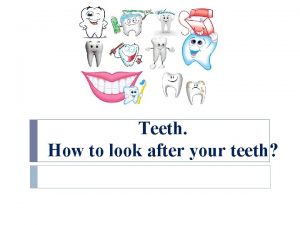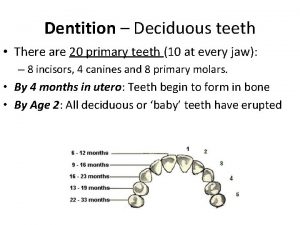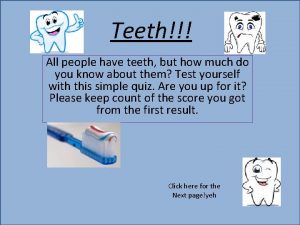Al Mustansiria University Impacted and ectopic teeth Hani










































- Slides: 42

Al Mustansiria University Impacted and ectopic teeth Hani Al Sheikh Radhi

Impacted Wisdom Teeth Aims: To enable diagnosis, assessment and management of impacted teeth. Objectives: • Learn causes of impaction • List clinical and radiographic features taken into account in assessing unerupted teeth • To be able to design flaps for removal of teeth, taking into account the anatomy of the region • To be able to describe postoperative care • List common complications of surgical removal

Failure of tooth eruption - General - Local



Failure of tooth eruption - General - Local • Loss of space • Abnormal position of crypt • Overcrowding • Supernummary • Local pathological lesion

Theories of Impaction • 1) Orthodontic theory : Jaws develop in downward and forward direction. Growth of the jaw and movement of teeth occurs in forward direction, so any thing that interfere with such moment will cause an impaction (small jaw-decreased space). A dense bone decreases the movement of the teeth in forward direction.

• 2) Phylogenic theory: Nature tries to eliminate the disused organs i. e. , use makes the organ develop better, disuse causes slow regression of organ. • [More-functional masticatory force – better the development of the jaw] • Due to changing nutritional habits of our civilization, use of large powerful jaws have been practically eliminated. Thus, over centuries the mandible and maxilla decreased in size leaving insufficient room for third molars.

• 3) Mendelian theory: Heredity is most common cause. The hereditary transmission of small jaws and large teeth from parents to siblings. This may be important etiological factor in the occurrence of impaction. • 4) Pathological theory: Chronic infections affecting an individual may bring the condensation of osseous tissue further preventing the growth and development of the jaws. • 5) Endocrinal theory: Increase or decrease in growth hormone secretion may affect the size of the jaws




Assesment (History) • • • Presenting complaint History of the presenting complaint Medical History Relevant dental history Social History

Assessment (Impacted teeth) Clinical examination • Access - mouth opening - operating space • B • C • D

Access

Assessment (Impacted teeth) Clinical examination • Access - mouth opening - operating space • Bone quality – age, ethnicity • Caries and pathology • Degree of eruption

Assessment (Impacted teeth) Radiographic examination • OPG (Orthopantomagraph) • Periapical views • Parallax views • Occlusal views

Mandibular third molar assessment (1) Type of impaction (2) Depth of impaction (3) Root pattern (4) Crown form (5) Bone density (6) Relationship to ID nerve (7) Caries (8) Position and root pattern of 2 nd molar (9) Associated pathology (10)Access

(1) Type of impaction



Types of impaction • Vertical • Mesioangular • Distoangular • Horizontal • Transverse

Lines parallelvertical









(2) Depth of impaction




Pell & Gregory Classification • Based on the amount of tooth covered by the anterior border of the ramus • The depth of the impaction relative to the adjacent tooth

Pell & Gregory • Relation to the Ramus Class III

Pell & Gregory • Depth of Impaction – Mandibular Class A Class B Class C

Pell & Gregory



 Ectopic fat definition
Ectopic fat definition Ectopic focus
Ectopic focus Psarp procedure steps
Psarp procedure steps Icd 10 code for ectopic pregnancy
Icd 10 code for ectopic pregnancy Horseshoe kidney
Horseshoe kidney Ectopic mulberry molars
Ectopic mulberry molars Jerome 6 and hani 10 get up early on saturday morning
Jerome 6 and hani 10 get up early on saturday morning üks hani neli nina
üks hani neli nina Dr hani zamil
Dr hani zamil Radpeer acr
Radpeer acr Dr abeer hani
Dr abeer hani Allah meleklere ben yeryüzünde bir halife yaratacağım
Allah meleklere ben yeryüzünde bir halife yaratacağım Veiko hani
Veiko hani Sidi el hani
Sidi el hani Kode icd 10 impacted cerumen
Kode icd 10 impacted cerumen How has the printing press impacted society today
How has the printing press impacted society today Why is canada rarely impacted by natural weather hazards
Why is canada rarely impacted by natural weather hazards Quality of education can be impacted by mcq
Quality of education can be impacted by mcq Ward's incision and modified ward's incision
Ward's incision and modified ward's incision Ward's incision
Ward's incision Fecal impaction
Fecal impaction Severe constipation
Severe constipation Are gears wherls
Are gears wherls What is vomerine teeth
What is vomerine teeth Monkey omnivore or carnivore
Monkey omnivore or carnivore Once upon a time by gabriel okara line by line explanation
Once upon a time by gabriel okara line by line explanation Tooth chin nose ear eye
Tooth chin nose ear eye Xylitol and teeth
Xylitol and teeth Claws teeth and paws meet
Claws teeth and paws meet I have four legs and a tail i have no teeth
I have four legs and a tail i have no teeth 沈榮麟
沈榮麟 Pile worms teeth
Pile worms teeth Late mesial shift
Late mesial shift Preparation of guiding planes
Preparation of guiding planes International tooth numbering system
International tooth numbering system What is an example of an omnivore
What is an example of an omnivore Gear design
Gear design Horizontal overlap of posterior teeth
Horizontal overlap of posterior teeth Monoplane teeth set
Monoplane teeth set Dentogenic concept
Dentogenic concept Squint test in prosthodontics
Squint test in prosthodontics Lamina dura tooth
Lamina dura tooth Plurals tooth
Plurals tooth
